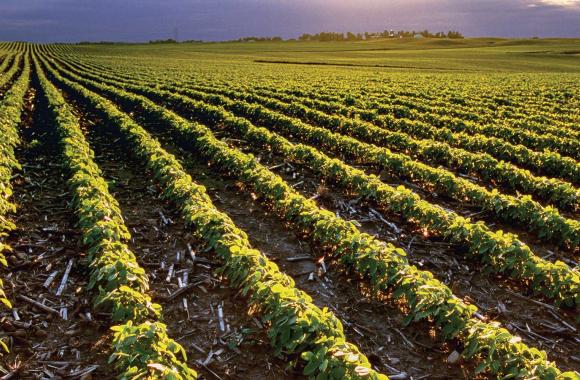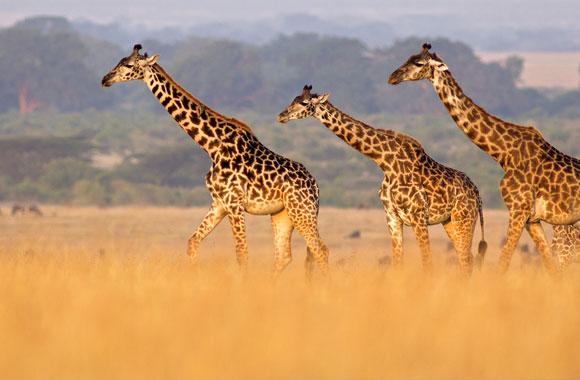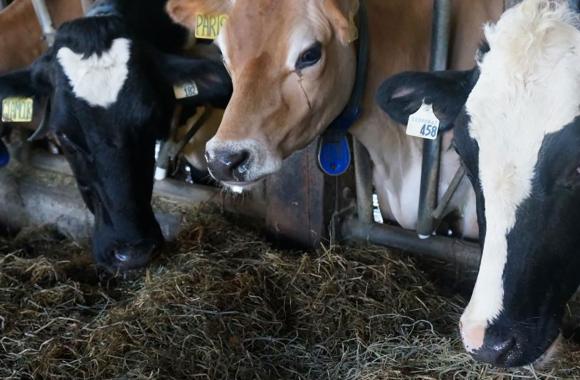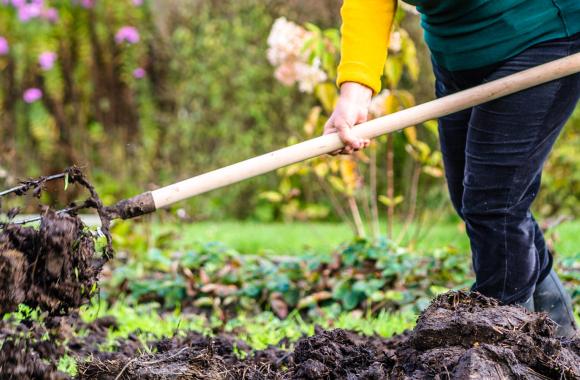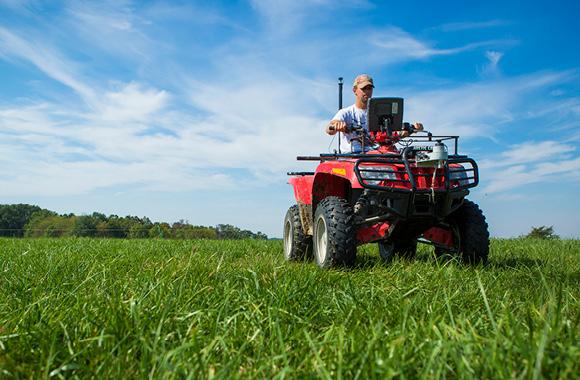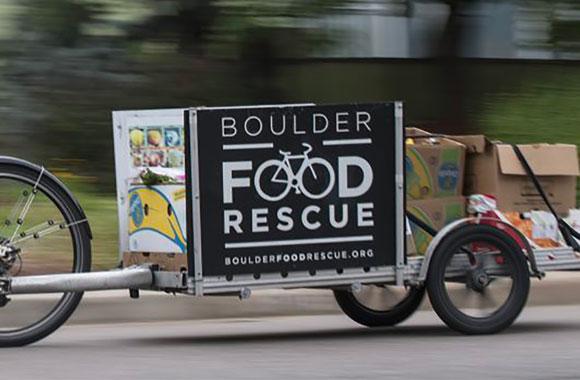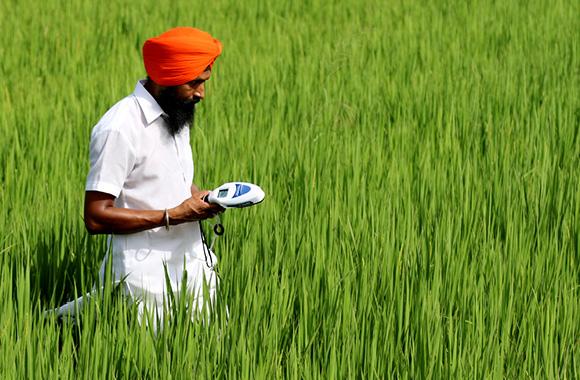Human activity has transformed a significant fraction of the planet’s land, especially for growing food and harvesting forests. Land—including land at the edge and the bottom of the ocean—provides shelter, sustenance, feed for animals, fiber, timber, and some sources of energy. It also is the direct source of livelihood for billions of people. All told, the food, agriculture, and land use sector contributes 24 percent of anthropogenic greenhouse gas emissions.
Our pursuit of those ends often disrupts or displaces ecosystems, and the twin forces of a growing population and rising consumption mean the challenge of stewarding land in sustainable ways will only intensify. Today, agriculture and forestry activities close to one-fourth of greenhouse gas emissions worldwide.
How can we reduce the pressures on ecosystems and land, while meeting the growing demands for food and fiber worldwide? How can we manage land and other resources that provide food better, tending it in ways that decrease emissions from agriculture, fisheries, and forestry?
The answers to these questions are critical for stemming greenhouse gases, sustaining the planet’s living systems, addressing food security, and protecting human health, all inextricably linked. Solutions in this sector are focused on waste and diets, ecosystem protection, and better agriculture practices.
Address Waste and Diets
Shifting diets and addressing food waste can significantly reduce the global demand for food. Eating lower on the food chain and ensuring what’s grown gets eaten is a powerful combination that lowers farming inputs, land clearing, and associated emissions.
Protect Ecosystems
When we deliberately protect land and ecosystems, we stop activities that release carbon from vegetation and soil before they start. In addition, improving food production on existing farmland may reduce the pressure on other, nearby landscapes, sparing them from clearing.
Shift Agriculture Practices
Better agriculture practices can lower emissions from cropland and pastures, including methane generated by growing rice and raising ruminants, nitrous oxide emitted from manure and overusing fertilizers, and carbon dioxide released by disturbing soils. Some solutions, such as Multistrata Agrofroestry and Conservation Agriculture, absorb more carbon through tree planting and reducing soil tillage.
Farming and forestry practices can also support the role of land in removing greenhouse gases from the atmosphere. Many solutions that stop land-based emissions also enhance carbon sinks. Solutions in this sector are significant for improving food security and agricultural resilience as well, because many of them contribute to a more robust food system, better able to withstand climate impacts.



